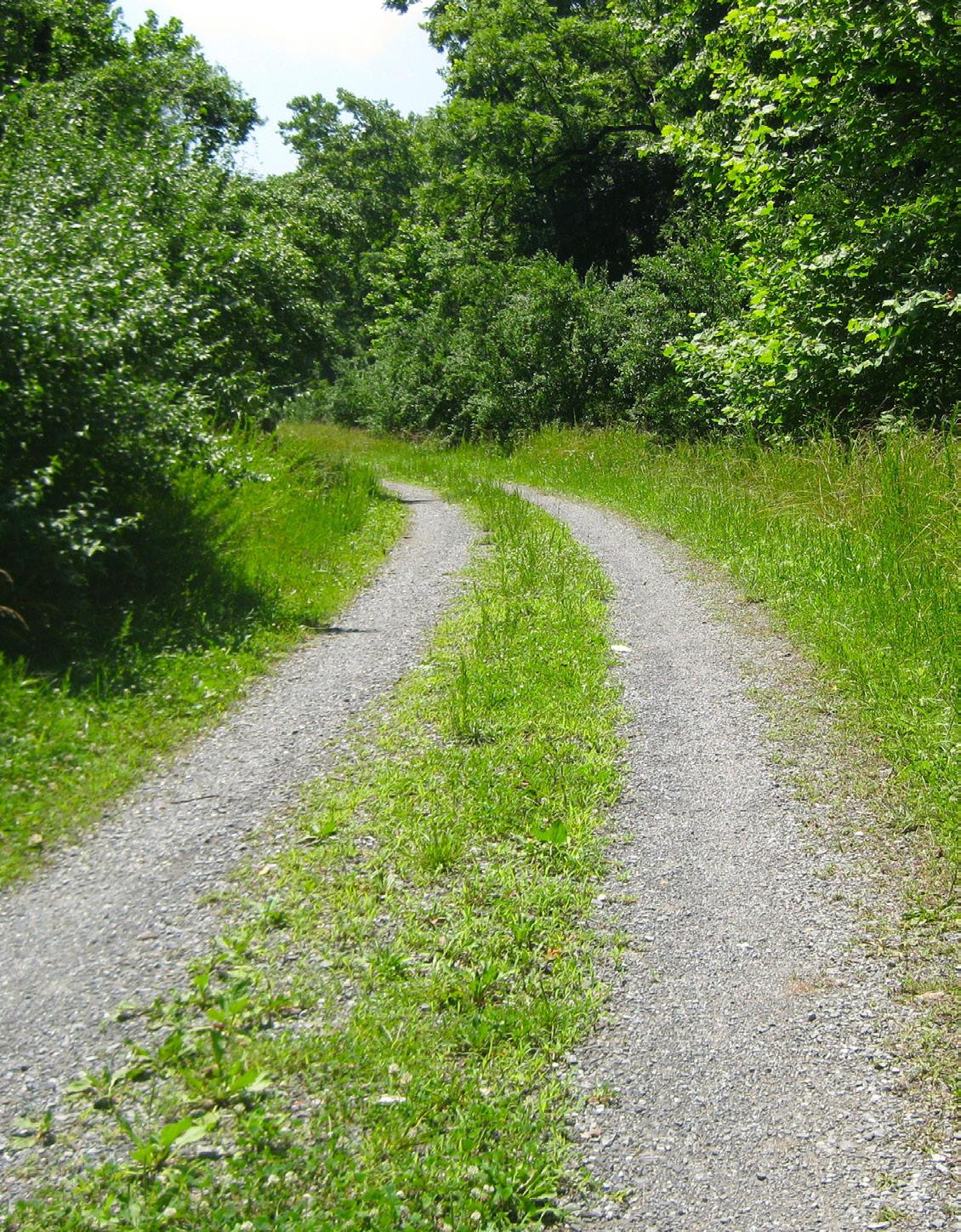
2 minute read
Table 6.1: Lynchburg, Virginia - Ten-Year Capital Spending Plan...............................6
REGIONAL PARK
A regional park is typically the largest park within a system. These parks are normally found in the park systems of major urban cities, highly populated communities, or communities with pockets of high populations. The size of these parks varies from a minimum of 50 to 75 acres up to several hundred acres, depending on the type of activities and the amount of use. The service radius for this park classification is related to the facilities provided in the park and the overall community composition. In many large urban systems where multiple regional parks exist, each park will serve a five-mile or 15-minute to 30-minute drive time for core recreation services. Each regional park may also serve an entire community if a unique or oneof-a-kind facility is being provided. Regional competitive sports teams are often hosted at regional parks. SPECIAL-USE PARK
Advertisement
Special-use parks are designed to meet the needs of specific user groups. Examples include golf courses, zoos, and museums. Special-use parks are often good revenue generators. If maintained and properly staffed, these parks can provide a substantial cash flow for the designated entity. These facilities can vary in size according to the demand and type of layout. For example, a regulation size golf course (par 72) needs at least 140 acres, while an executive style layout (par 60) requires only 100 to 120 acres based on amenities such as driving ranges and practice facilities.
SPORTS PARK/COMPLEX
Sports parks/Complexes are parks that are dominated by athletic facilities. Most of these types of parks will also include a small amount of support facilities (e.g., walking tracks, playgrounds, and picnic facilities), but the primary function of the park is to facilitate organized sporting activities. Sports parks/Complexes vary in size, depending on the types of facilities being programmed. Rectangular fields can range between 1 to 2.5 acres while individual tennis courts are not even a tenth of an acre. Once the programming needs of a sports park/complex are determined, a more accurate area requirement can be calculated.
NATURAL RESOURCE AREA/PRESERVE
According to the NRPA, natural resource areas are defined as “lands set aside for preservation of significant natural resources, remnant landscapes, open space, and visual aesthetics/buffering.” These lands consist of: • Individual sites exhibiting natural resources. • Lands unsuitable for development but offering natural resource potential (e.g., parcels with steep slopes and natural vegetation, drainageways and ravines, surface water management areas, and utility easements). • Protected land, such as wetlands, lowlands, and shorelines along waterways, lakes, and ponds. Acquisition of natural resource areas/preserves serves to enhance the quality of the community by maintaining a portion of its natural amenities.






